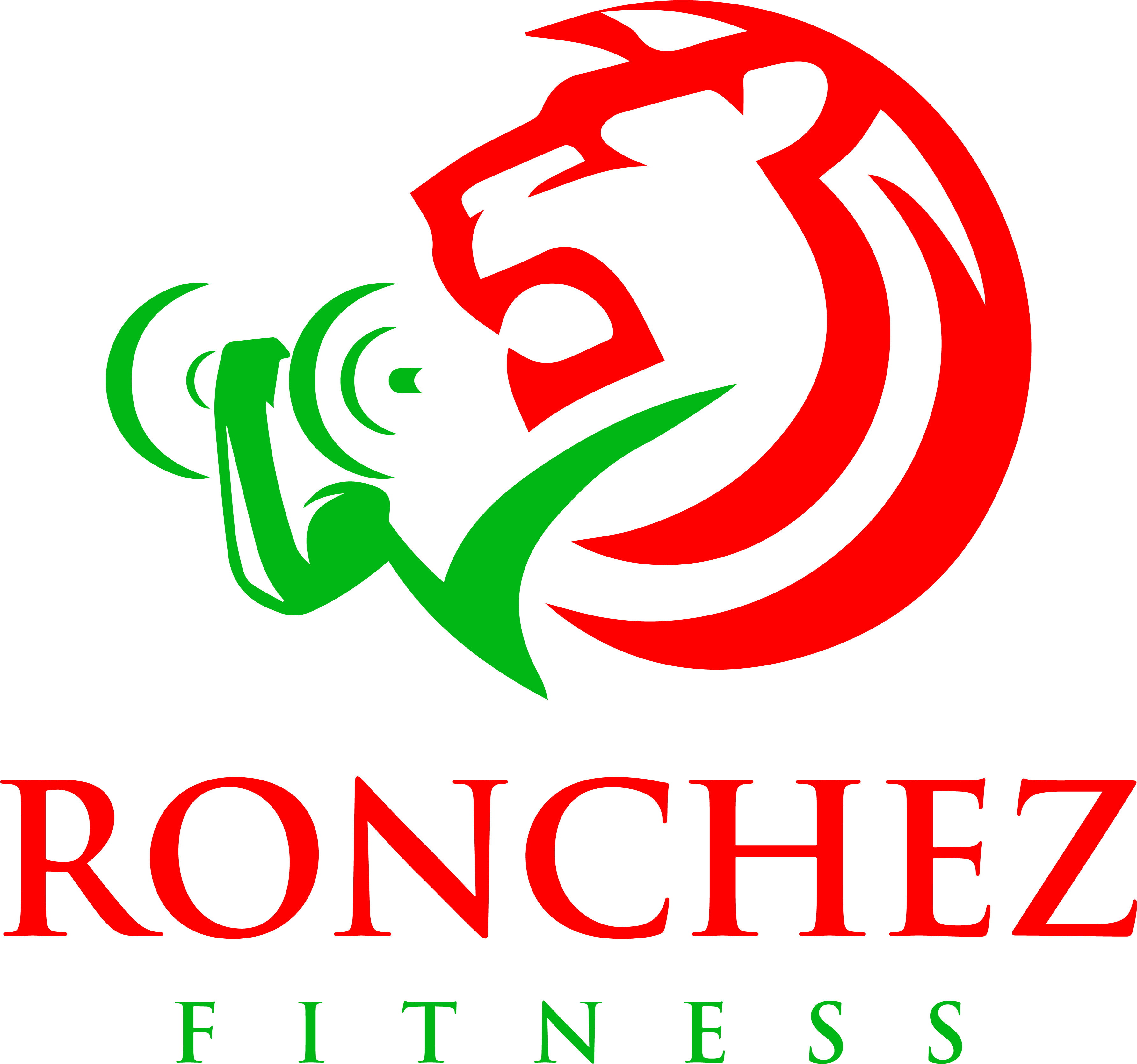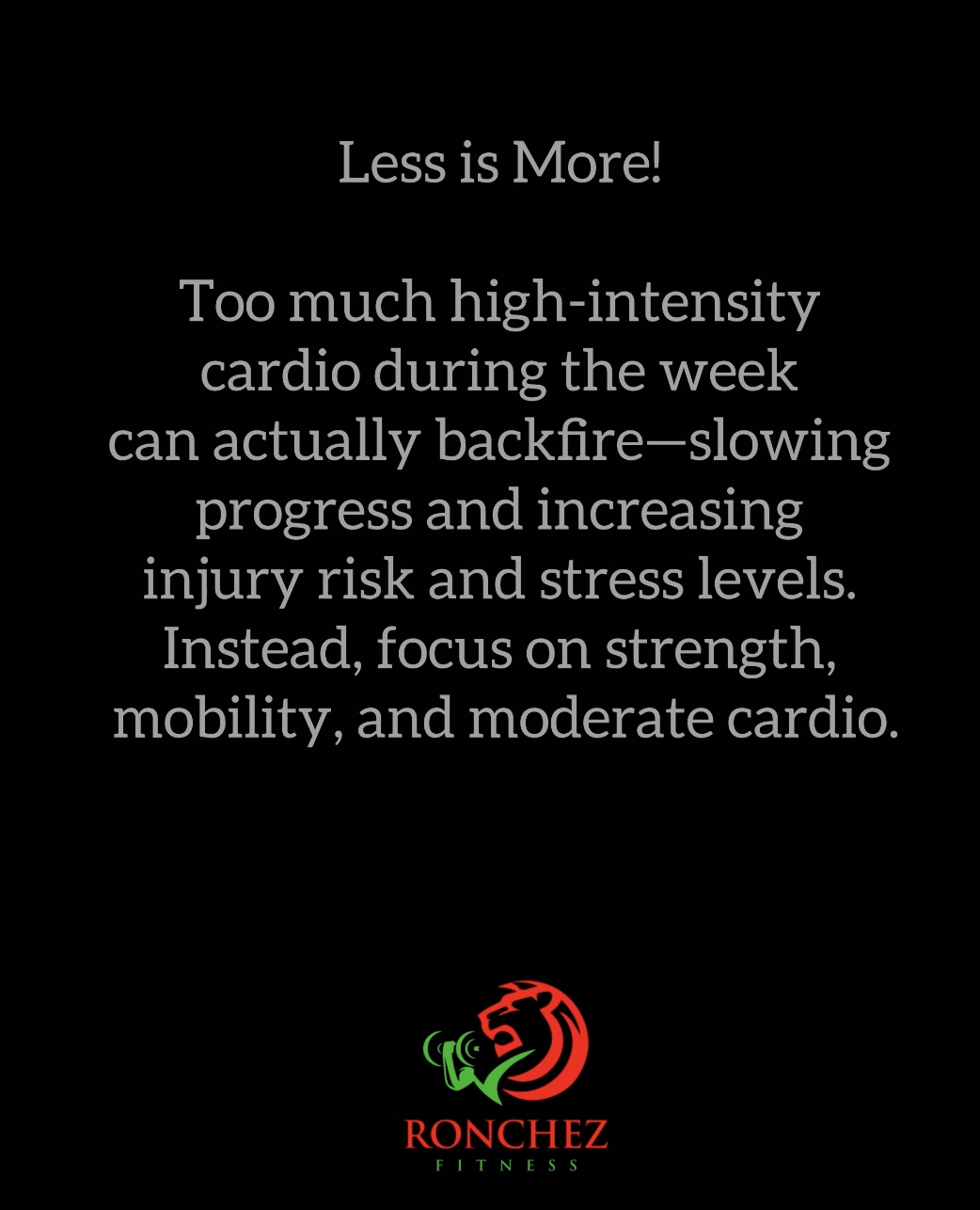
A few years ago, a friend remarked that I had started developing the so-called “gym face”—sunken cheeks, under-eye hollows, and aging skin often associated with excessive high-intensity cardio workouts. At the time, I was doing five dance fitness sessions a week at luxurious gyms around Nairobi. As someone who was still pursuing a modeling career, this concerned me.
I had to learn more about high-intensity cardio with no intention of giving up dancing. Dance makes me happy, and I fully appreciate the incredible benefits of a well-designed dance fitness session, especially for the lungs, heart, and mind, compared to other forms of high-intensity exercise.
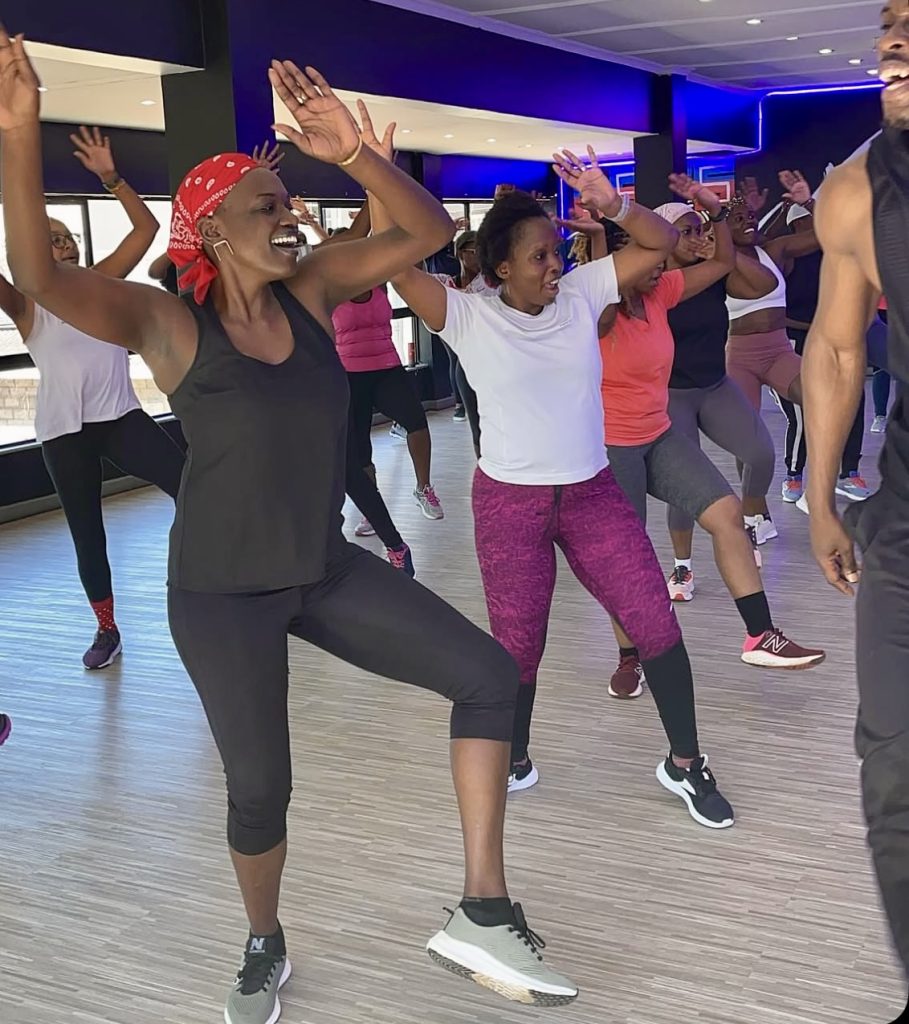
Fun Fitness Saturdays was born out of this learning—a single, fun, music-driven session designed to effectively challenge your cardiovascular system enough for the week. In our previous article on cardio and endurance training, I explained why cardio is important.
Today, I provide evidence for why too much of it might eventually make you less happy.
At Ronchez Fitness, we do things differently—with evidence.
"Gym Face" and Aging Skin

One of the most fascinating—and uncontrollable—human behaviors is how quickly we judge each other based on first impressions. A person may judge you based on many factors, including your facial appearance and skin health.
Cardio is beneficial for your skin because it increases blood flow, delivering oxygen and nutrients to skin cells, removing toxins, and promoting a healthy, glowing complexion. However, too much of it can lead to a loss of facial volume due to fat loss and sagging skin. Prolonged intense cardio workouts may cause the body to prioritize oxygen delivery to the muscles, potentially diverting blood flow away from the face and leaving you looking unhealthy.
Additionally, intense cardio can elevate cortisol levels, which may promote fat storage and accelerate aging—as we’ll explore further later on.
Cortisol and Intense Cardio
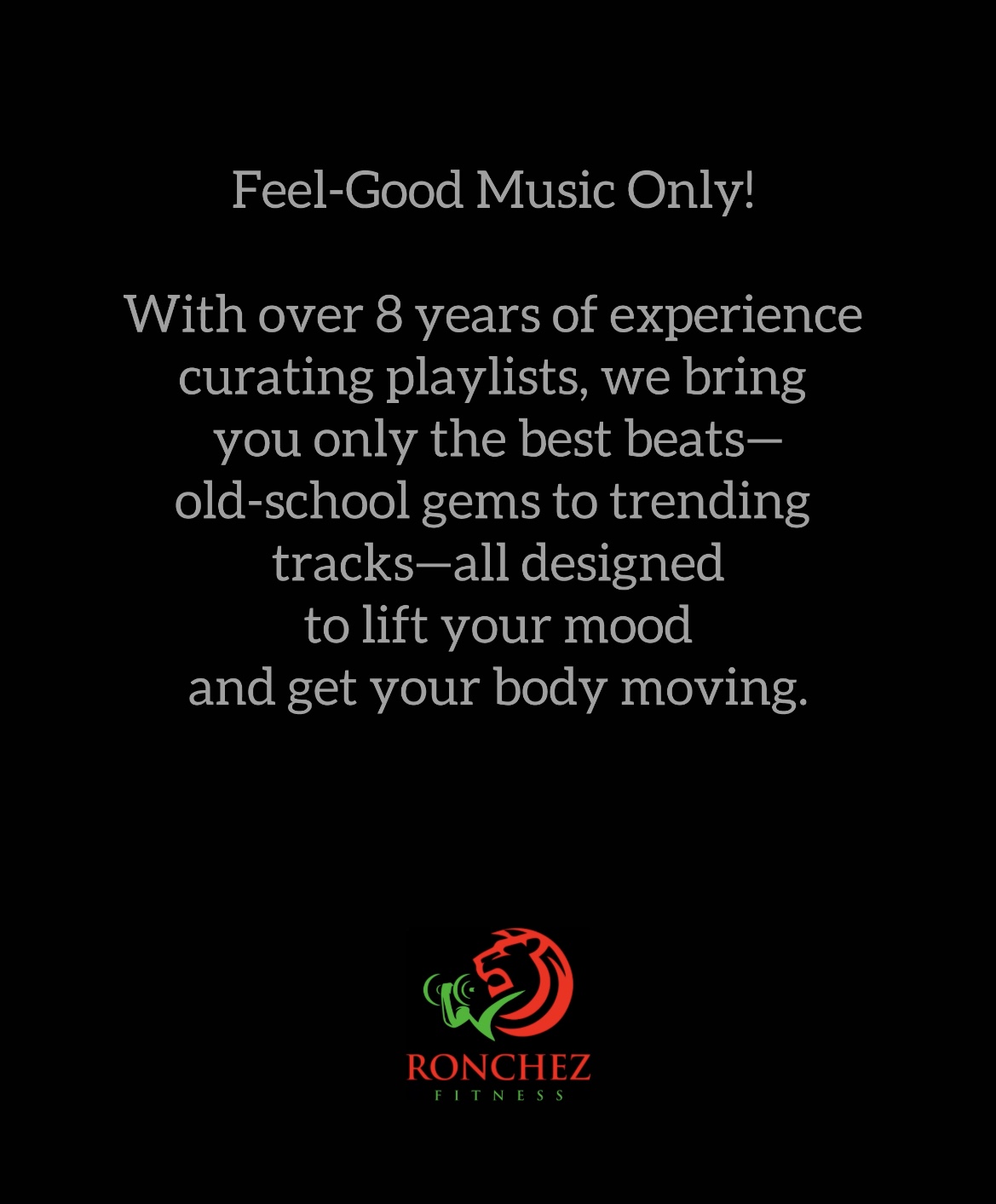
Your body produces cortisol whenever it experiences physical or psychological stress. This hormone increases glucose and fatty acid availability from the liver, providing energy to handle stress. It helps regulate metabolism, immune response, and energy by raising blood sugar and mobilizing fat stores. However, prolonged or very intense cardio can keep your body in a heightened stress state, producing excess cortisol.
Negative Effects of Chronically High Cortisol
- Fat retention: High cortisol encourages fat storage, especially around the abdomen.
- Weakened immune system: Excess cortisol suppresses immune function, increasing illness susceptibility.
- Sleep disruption: Elevated cortisol interferes with restful sleep, impairing recovery.
- Mood and mental health: High cortisol is linked to anxiety, irritability, and depression.
Loss of Muscle Instead of Fat
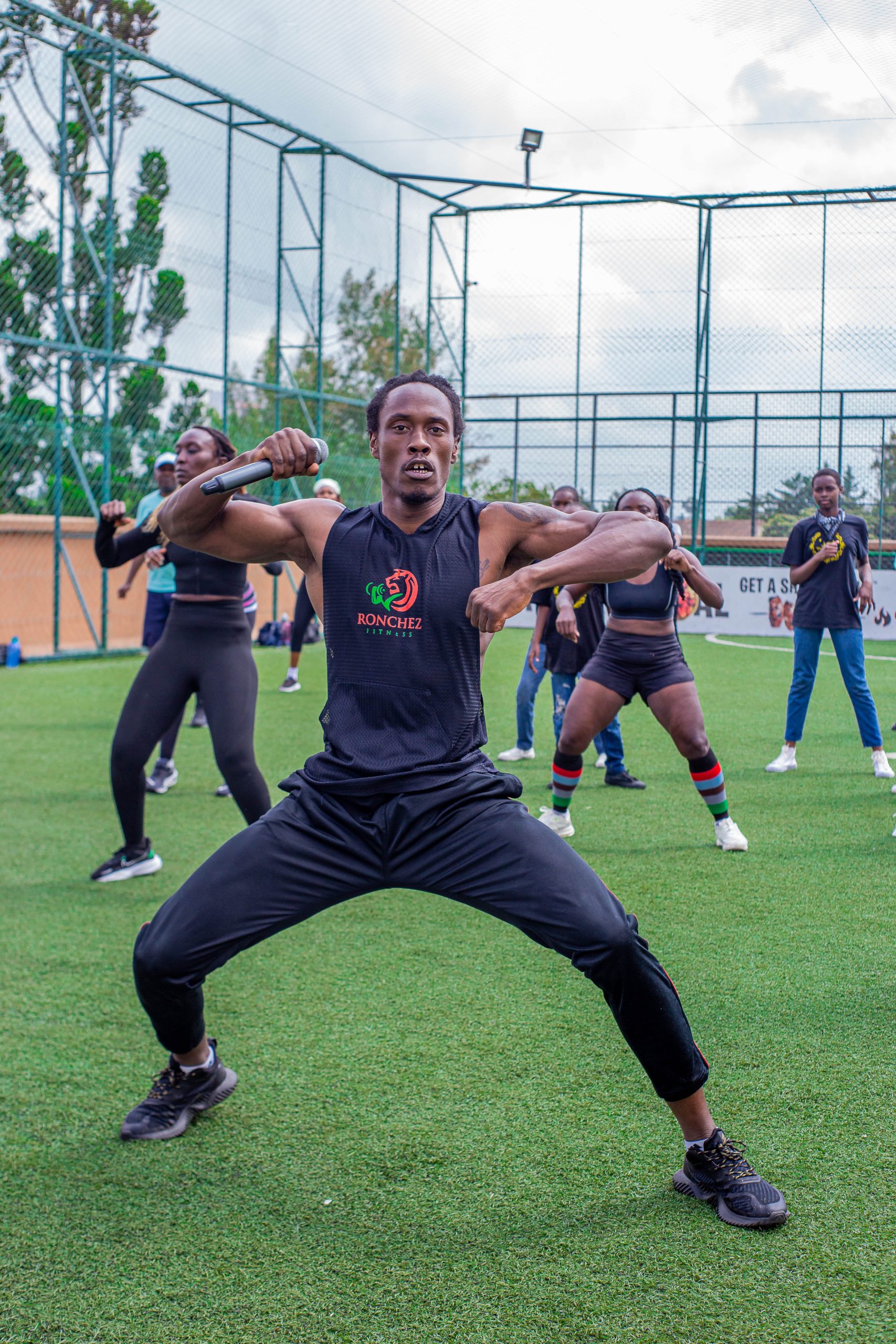
A fellow trainer loves using big fitness-related words, and last week’s word of the week was catabolism.—the breakdown of muscle that can occur when cardio is not done correctly. When you engage in excessive cardio, especially while in a caloric deficit, your body may start breaking down muscle protein for energy. This can negatively impact your fat loss journey, as muscle plays a crucial role in boosting metabolism and supporting fat loss.
It’s easier to preserve muscle with high-intensity interval training (HIIT), like our Saturday sessions, than with regular long-distance running. That’s because the body adapts to endurance cardio by becoming lighter and more energy-efficient—often at the expense of vital muscle mass, which is essential for both performance and longevity.
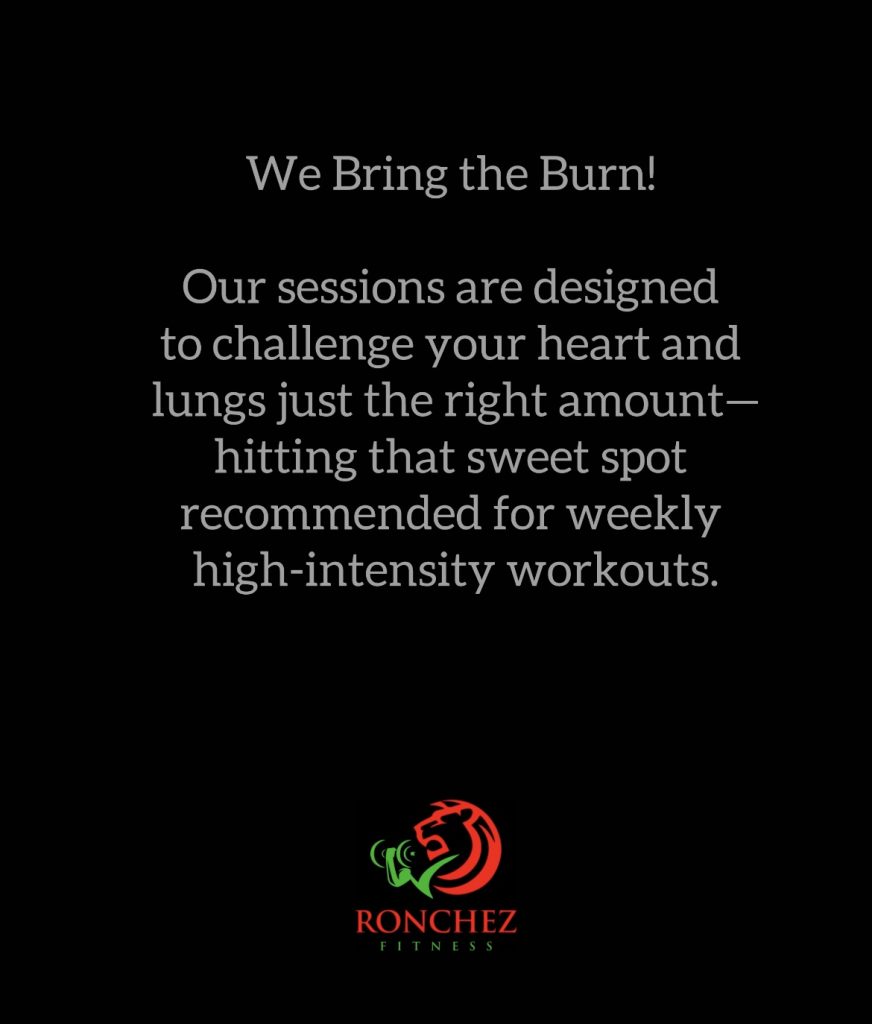
Joints
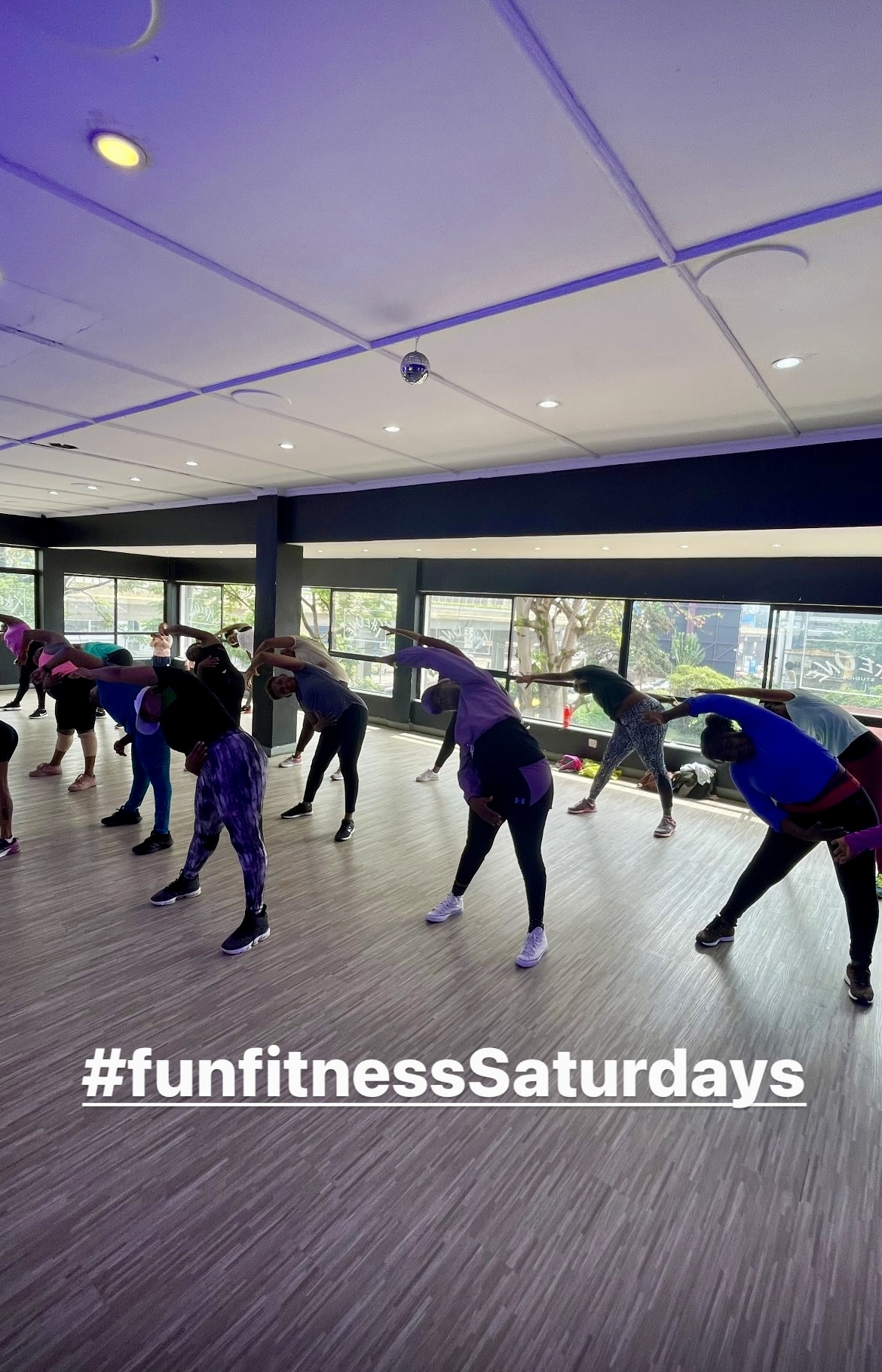
Happy Joints, Happy You! But if you push too hard without giving your body enough time to recover, your knees, ankles, and hips might start to complain—loudly.
Let’s start at the ground level: the ankle joint. This joint absorbs the shock each time your foot hits the ground and helps propel you forward during toe-off. But with too much intense cardio and not enough recovery, your ankles are at risk for sprains, Achilles tendinitis, and overuse injuries.
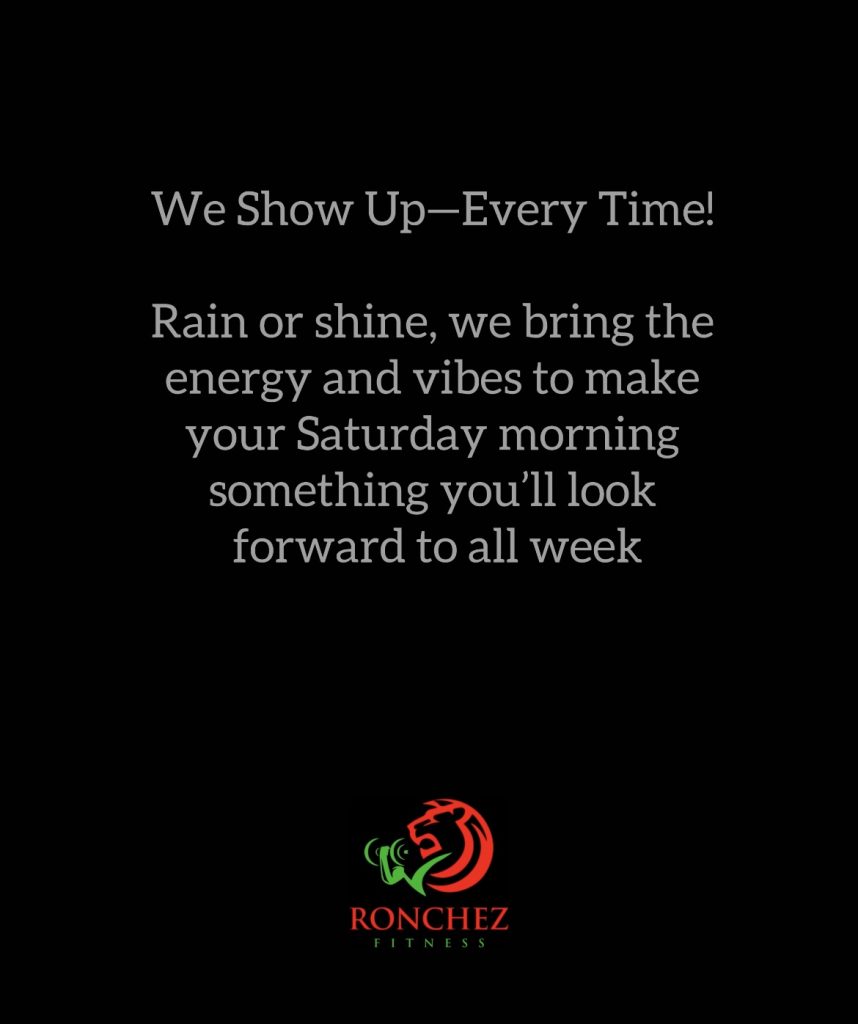
As we age, many people—especially those who were highly active in their younger years—begin to experience knee problems. One common issue is cartilage deterioration, often caused by repetitive stress on the joint without strengthening the supporting muscles. Other frequent knee injuries include:
-
Patellofemoral pain syndrome (“runner’s knee”) – pain around the kneecap caused by overuse or misalignment.
-
Iliotibial band syndrome (ITBS) – inflammation of the IT band that leads to pain on the outer side of the knee.
-
Meniscus tears – damage to the cartilage from twisting or impact.
-
Tendonitis – inflammation of the tendons around the knee due to overuse.
Then there’s the hip joint, a powerhouse responsible for leg movement and overall body stability. When overworked through excessive cardio, it too can suffer. Common hip issues include:
-
Hip flexor strain – overstretching or tearing of muscles at the front of the hip.
-
Bursitis – inflammation of the bursa, causing pain on the outer hip.
-
Labral tears – damage to the cartilage ring around the hip socket from repetitive movement or trauma.
Remember, self love is not selfish…
